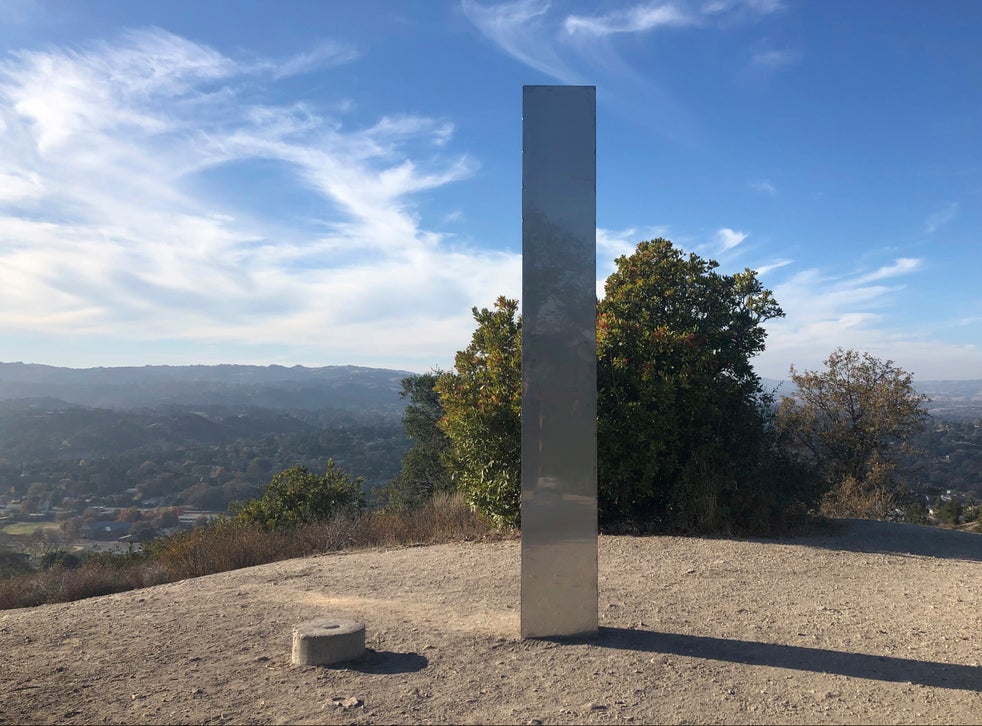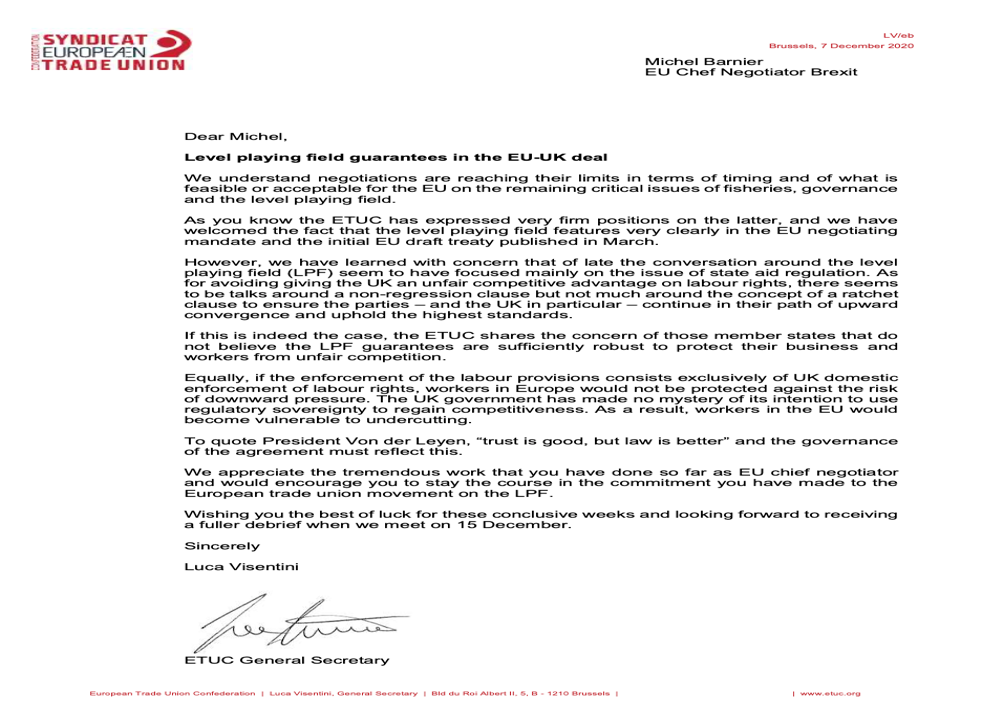In Brand New Nation: Capitalist Dreams and the Nationalist Designs in Twenty-First-Century India, Ravinder Kaur explores how national identity and brand identities of nations have consolidated into a newer conception of the nation-state. In a seminal case study of India, Kaur’s book explores the emergent idea of India as an investment destination and how this image is a carefully crafted product of a sustained brand-building campaign which does not always reflect the complexities of politics on the ground in India.
Excerpted from Brand New Nation: Capitalist Dreams and the Nationalist Designs in Twenty-First-Century India by Ravinder Kaur, published by Stanford University Press, ©2020 by the Board of Trustees of the Leland Stanford Junior University. All Rights Reserved.
By Ravinder Kaur
14 October 2020

The path uphill from the WEF Convention Center toward the Promenade is dotted with landmarks such as the exclusive Hotel Belvedere, the Kirchner Museum, upmarket boutiques, and busy cafes. On this lively street, Cafè Schneider is ensconced to the left overlooking the mountain peaks. India Adda assembles annually in a specially marked area of Cafè Schneider, a nearly century-old cafe that ostentatiously describes itself as “die grand dame” of Davos coffeehouses, the old haunt of global celebrities and visitors in search of an authentic European coffeehouse experience.[i] Visitors to the India Adda can enter directly from the main street through a glass door decorated with giveaway signs of India—phool booti (flower) motifs in earthy deep-red hues framing the silhouettes of elephants dressed in ceremonial gear. A wooden sign at the entrance displays a graphic image of people holding hands in an ever-widening infinite circular loop. The inscription beneath the signboard reads “Adda—Join in the conversations on India, Widen your circle.”
Listen: “Capitalist Dreams and Nationalist Designs in Twenty-First-Century India”: A conversation with Dr. Ravinder Kaur
That the idea of adda is meant to invoke an open, harmonious, and level playing field is evident at the entrance itself. The graphic image of human figures at the door joined together in a circle of friendship in a seemingly infinite loop signals unlimited possibilities and potentialities. This sense of openness was reinforced when I stepped inside the adda. Only later would I discover that the adda was actually split into two zones—andar (inside) and bahar (outside). The inside was the private space in which the minister of commerce or high-ranking bureaucrats from the Ministry of Commerce would meet potential investors. The outside was the public space in which the act of seeing and showing India would be rehearsed. I was in this public space where all visitors were invited to experience India. The pièce de résistance in this spacious sitting area is a wall plastered with colorful imagery of New India on the ascent. The cheerful images, I was told by one of the organizers, were of ordinary Indians who have tasted the fruits of liberalization. To the left was an image of a young woman in what seemed like a university setting holding a smart tablet, Aakash ($35 only), developed and manufactured indigenously in India.[ii] And to the right was the image of a cheerful farmer atop a tractor in a mustard field, his arms suggestively stretched heavenward as if in the embrace of progress. The inscription beside him indicated that he was the beneficiary of an indigenously developed drip-irrigation kit for farmers ($160 only) that weaned him off his dependence on unreliable seasonal rains. In between these two images appeared a stylistically arranged bold sign announcing “India Adda” followed by this inscription:
The “adda” is the quintessential Indian hangout intricately woven into the country’s social fabric. This is where bonds are built, games are played and dreams are dreamt and shared.
Prior to its nineteenth-century recovery as a literary endeavor, the adda was associated with noisy, disruptive behavior of young men in the urban neighborhoods of Calcutta. The young men who gathered on rowak, the raised platforms built around houses, to hold their boisterous adda often caused discontent in the neighborhood, as middle-class residents viewed these gatherings as a threat to their respectability.[iii] The perceived negative consequences of adda … also extended to supposed idleness and useless talk among the young men. Dipesh Chakrabarty has shown how critical attitudes to adda were built not only on the capitalist colonial theme of the lazy native but also on preexisting notions of what work and idleness constituted.
In Davos, the adda is fully recovered from negative associations. Instead, it is pitched as “a cool way to project that we [Indians] are people who do business in a friendly, peaceful and non-threatening way,” which was an obvious allusion to its rival and neighbor, China.[iv] Aparna Dutta Sharma, the CEO of IBEF, told me that “adda offers a unique Indian experience of networking, making new friends, and creating new ideas.” The practice of adda was thus rearranged in a different species of global practice— of corporate networking, albeit with an Indian difference—considered fundamental and indispensable to business transactions. This unique Indian experience of networking is what the practice of adda was now mobilized toward. Consider this promotional invitation:
The Indian Adda at the World Economic Forum takes this concept of idea exchange and conversations to a different level. The Indian Adda is more than a physical space, it is a concept of sharing and communications—an ambience that encourages the free and frank exchange of views. It is meant for sharing. For networking. Or just for soaking in the atmosphere and enjoying Indian hospitality. Hope to see you there.[v]
Central to this shift is the art of conversation, which is now assigned a dramatically different function to perform.
Instead of being a sign of idleness or a waste of precious time, it has been transformed into a productive mode of labor as innovative ideation or even corporate- style brainstorming. To engage in conversations at the India Adda now is to engage in the profitable task of generating value for the nation.
In fact, the very capitalist notions of efficiency, production, and “time is money” are turned on their heads. The adda invites the captains of industry and top policy makers, highly esteemed individuals who barely have a minute to spare, to take time out and let go. In a 24-7 world constantly on the move, the most precious gift one can offer is the time to relax, to take a rare pause that promises to replenish one’s energy. Adda represents this global space of rejuvenation, and India is the large-hearted sponsor of such luxury. India, as the host of adda, positions itself as the chief patron of important exchanges in the global arena.
In this global translation, the adda was always carefully framed as more than a utilitarian tool for corporate networking. It was an authentic sign of Indianness, of its unique commercial culture. That the adda was a matter of the heart, an exclusive marker of Indian difference, and that India itself was a large-hearted nation were sentiments that were frequently articulated during my visit. For this claim to be effective, adda had to be reconceptualized as a metaphysical identity widely shared by Indians. Aparna Dutta Sharma cited the indelible “romance” of adda as the existential core of being Indian and, therefore, the perfect cultural frame to display India abroad.
The idea of adda is exactly the way it is, every nook and corner of India has an adda. Typically you see in a city like Bombay people pull out benches and sit down. It is like a nukkad [street corner] thing. Every nukkad will be dotted with benches and chairs. Invariably for all you may say, whether you are urbane or not urbane, an Indian is an Indian at heart. There are some things that are very close to you, things that are common—like spontaneity in India. India is innately about adda, chairs, and conversations. Adda provides an ambience and makes people comfortable.[vi]
In this reconceptualization, adda was taken very broadly to indicate any gathering in a public space—from a street corner or park to an open space in an urban neighborhood—that might potentially result in social interaction. Although comparisons with similar forms of socialization in the West—for example, salons and coffeehouse gatherings—are not explicitly made, it is quite clear that a relational Indian difference seeks to be created through the rhetorical deployment of emotions and spontaneity that places adda in the metaphysical domain and invests it with a greater emotive depth and substance. This notion of adda seems to invoke the idea of an ancient art of conversation in which even the unlettered are accomplished masters. The visions of chairs and benches being drawn to fill up street corners and of an unceasing public conversation conjure a sense of civic orderliness and passionate civility as naturally occurring features of India. Adda was thus positioned as a quintessential feature of India that is not only inextricably enmeshed in the social structure but also deeply inculcated with the very sense of being Indian. The key lay in the articulation of adda as a hangout, an easy and globally accessible term that instantly strikes a chord. It is defined as an open, playful space in which unrestricted imagination, ideas, and innovations take shape. This aspect of adda as an enabler of visionary ideas is crucial, as it helps establish innovation and imagination as natural parts of a playful Indian lifestyle. Implicit in this description is the nature of adda as an uncomplicated, democratic space in which people gather and partake in conversations.

This emphasis on openness, freedom, and a democratic ethos is entangled in the evolving narrative of New India as the “world’s fastest growing free market democracy.” To this end, the adda offered a theatrical performance of democracy…in a setting that is not the chaotic, dusty, noisy, and crowded space of India’s actual democracy.
Amongst the hubbub of conversations sparked by minds meeting across continents, relationships were renewed, fresh bonds were built, and the awareness spread that India means business. . . . And everyone who visited the India Adda went away with India’s message firmly etched in their minds. And in their hearts.[vii]
Note how the success of the adda is linked not only to its capacity to enhance India’s commercial value but also to its capacity to build affective connections. The invocation of “hearts” here raises the stakes…the adda is expected to activate a deeper sentimental commitment among foreign investors rather than a purely rational economic engagement prone to cycles of boom and bust. Brand India not only seeks global capital flows but also wants to be loved by its consumers.
This frequent weaving of affective language—of hearts, friendships, relationships, and hospitality—in the quest for foreign investments sometimes seems innocuous, inconsequential, or even misplaced. Yet it hints at a deliberate ambivalence, camouflage, or perhaps plain discomfort in the project of selling India to foreign investors. The reluctance to present adda as a purely instrumental space and yet being unable to fully integrate its non-instrumental implications is apparent. This probably stems from the ambiguities and splits inherent in the Indian difference that the adda is meant to signify in which soaring Indian culture seems to be constructed in opposition to Western materialism. In the ideal version of Indian hospitality—atithi devo bhave, the guest is akin to God—the presence of a guest is considered the true test of the host’s generosity and may even involve a degree of sacrifice, as the needs of the guest must assume priority.[viii] The very notion of atithi is derived from the negation of the Sanskrit word tithi, which literally means “time/date or some form of certainty.” This means that atithi by definition is someone whose arrival and departure is not predetermined and whose very presence may test the limits of the host’s benevolence. Thus, true hospitality is deemed to be that which does not enter the cycle of exchange and reciprocity and is offered without creating a sense of obligation.[ix] This idealized version of Indian hospitality, incidentally, underpins the internal marketing campaign within India— atithi devo bhave, launched by the Ministry of Tourism—that seeks to retrain the Indian opinion and reception of foreign tourists.[x] The performance of hospitality in India Adda is fraught with these inherent contradictions. The very objective of India Adda, to market India to a global audience, means that hospitality is offered in the distinct hope of getting profitable returns in the form of investments.[xi] The conflict in this project is inevitable—how does one perform the idealized version of Indian large-heartedness while pitching India as a commodity in the global marketplace?
[i] Already evident here is the language of commodity tradition that locates Café Schneider as Erlebnis rather than mere Erfahrung, to invoke the distinction made by Walter Benjamin. See Walter Benjamin, Lloyd Spencer, and Mark Harrington, “Central Park,” New German Critique 34 (Winter 1985): 49 ; and Schneider’s Davos, “ Das Schneider’s: Portrait,” accessed November 21, 2018, http://www.schneiders-davos.ch/schneiders/portrait.html
[ii] The images of Aakash were prominently displayed and circulated in Davos in 2012, creating a significant interest. Many visitors to the adda would ask to see a sample tablet, except that the tablet was unavailable. The tablet turned out to be a source of huge embarrassment for the human resources ministry, which had funded the project. Not only was the design found to be below par, but the capacity was too low for different functions to work. Moreover, the controversy around the manufacturing process has almost doomed the project of making low-cost tablets for schoolchildren in India.
[iii] Chakrabarty, “Adda, Calcutta,” 118.
[iv] Chandrajit Banerjee, director-general of the Confederation of Indian Industries, quoted in Harish Damodaran, “‘Cool’ India Offers Inclusive Growth for All,” Hindu Business Line, Davos, January 26, 2011.
[v] IBEF, “India Davos,” India Brand Equity Foundation, accessed October 2, 2018, http://www.india-davos-blogs.ibef.org/India—Innovates
[vi] Aparna Dutta Sharma, interview by author, January 28, 2012. India Adda, Davos.
[vii] IBEF, “Brand India: At the Annual Meeting of the World Economic Meeting ” (Davos, January 27 – 30, 2013), 4, 16.
[viii] Government of India, Ministry of Tourism, Atithi Devo Bhave (Guest is God) campaign, 2010. See also the Incredible India video, accessed November 21, 2018, https://www.youtube.com/watch?v=MMydmkiafTE
[ix] The discussion on dan (or the gift) here is instructive. For a true act of giving to take place, it must not entail return, exchange, or reciprocity. Otherwise the gift enters a cycle of commodity exchange and can no longer be deemed to be a pure gift. Derrida has dwelt on this impossibility of the gift at length. Similarly, Jonathan Parry and James Laidlaw have shown how the gift need not be reciprocal or nonalienated. See Jacques Derrida, Given Time 1: Counterfeit Money (Chicago: University of Chicago Press, 1992); Jonathan Parry, “The Gift, the Indian Gift and ‘the Indian Gift,’” Man, New Series 21, no. 3 (1986): 453 – 73; James Laidlaw, “A Free Gift Makes No Friends,” The Journal of the Royal Anthropological Institute 6, no. 4 (2000): 617 – 34.
[x] This campaign was launched especially in anticipation of a major tourist influx during the Commonwealth Games in 2010. The idea was to professionalize the Indian tourist industry by training guides, drivers, hotel staff, and so on, on the ideals of Indian hospitality.
[xi] Pitching hospitality as a key cultural trait in tourism is indeed not unique to India. For a comparative perspective, see Andrew Shryock, “The New Jordanian Hospitality: House, Host and Guest in the Culture of Public Display,” Comparative Studies in Society and History 46, no. 1 (2004): 35 – 62.
Ravinder Kaur is Associate Professor of Modern South Asian Studies at the University of Copenhagen.
"Capitalist Dreams and Nationalist Designs in Twenty-First-Century India": A conversation with Dr. Ravinder Kaur - The Polis Project, Inc
























